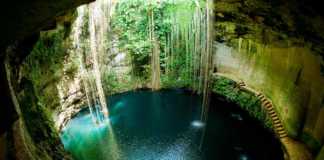Since the first official lucha libre match in 1910, lucha libre has continued to wow crowds in Mexico with its high-energy moves and the mystery that enshrouds this vibrant sport. Lucha libre is a distinctive style of professional wrestling that originated in Mexico in the late 19th century.
The term “lucha libre” literally translates to “free wrestling,” and it is known for its high-flying, acrobatic moves and the colourful masks worn by the wrestlers, who are called luchadores. If you haven’t been to a lucha libre match, it’s something most people find enjoyable and is a well-entrenched part of Mexican culture. If you’re visiting Mexico City, lucha libre should be at the top of your to see list.
Contents
Lucha Libre
Top Tours
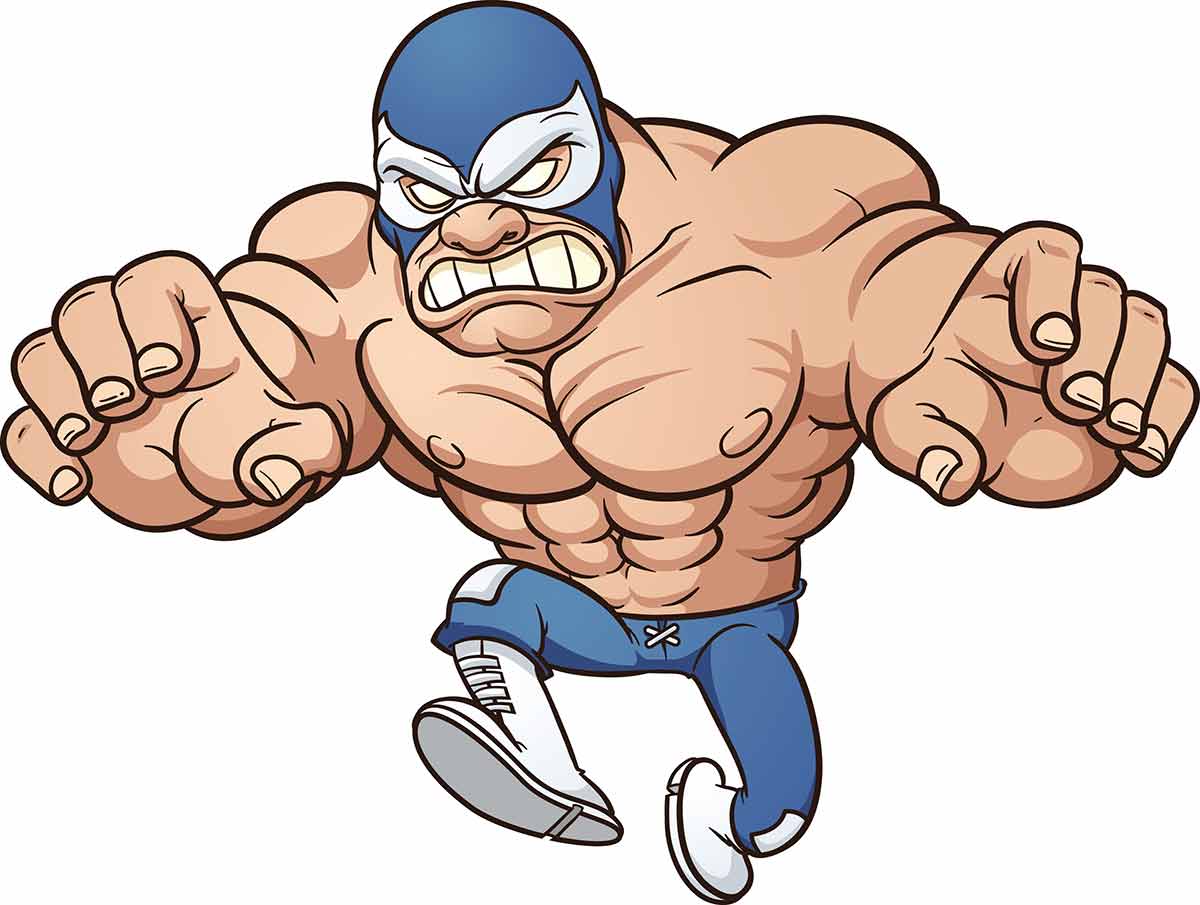
- Mexican Wrestling: Experience Lucha Libre in Mexico City – includes admission, show and souvenir mask.
- Lucha Libre Experience and Mezcal Tasting in Mexico City – Mexican wrestling and mescal are a great combination!
- Nightlife Mexican Experience with Lucha Libre, Mariachi & Tequila Guided Tour – upgrade to get Tequila shots at the area.
The History of Lucha Libre
Lucha libre’s roots can be traced back to the late 1800s when European-style wrestling began to gain popularity in Mexico.
Mexican wrestlers started to adapt traditional Greco-Roman and freestyle wrestling techniques to create a new style that appealed to Mexican audiences.
Pro wrestling started taking off in Mexico in the early 1900s, with wrestlers performing in small venues, theatres, and local carnivals and fairs.
The first official lucha libre match on record took place in 1910 in Mexico City, and the sport quickly gained popularity throughout the country but it wasn’t until the 1930s and 40s that the lucha libre we know today began to take shape.
The sport underwent a huge transformation in the 1930s with the introduction of its distinctive masks.
Wrestlers began to wear masks to add mystery and excitement to their matches, and soon the mask became an iconic symbol of lucha libre.
Wrestlers who lost a big match were sometimes required to unmask, often leading to dramatic and emotional moments in the ring.
Mexican culture and folklore heavily influenced the sport’s development and distinctive characteristics, and many wrestlers adopted masks and ring names based on figures from local legends.
Later on, luchadores expanded to taking inspiration from popular comic book and movie characters, which helped keep the sport fresh and relevant to new audiences throughout the decades.
The first lucha libre promotion was founded by Salvador Lutteroth, often referred to as the ‘father of lucha libre’ in 1933.
Lutteroth had previously been a wrestling promoter in El Paso, Texas, and was familiar with the American style of professional wrestling.
However, he correctly believed that Mexican audiences would be more interested in a form of wrestling that incorporated the country’s own culture and traditions.
During the 1940s and 1950s, lucha libre became a staple of Mexican popular culture, with many of the more prolific luchadores becoming household names.
The sport also began incorporating more theatrical elements, including storylines, characters and increasingly elaborate costumes.
One of the significant figures in the early history of lucha libre was El Santo, whose real name was Rodolfo Guzmán Huerta, a masked wrestler who became a Mexican folk hero in the 50s and 60s.
He starred in many movies and TV shows and was recognisable by his signature silver mask and cape, which he pointedly never removed in public.
El Santo often played opposite another iconic luchador who emerged at a similar time; Alejandro Muñoz Moreno, best known as Blue Demon.
Like El Santo, Blue Demon appeared in numerous movies and was known for his signature move, the “Tope Suicida,” in which he would dive headfirst through the ropes of the wrestling ring.
In the 1960s and 1970s, lucha libre gained international recognition, with wrestlers such as El Santo and Blue Demon becoming cultural icons in Mexico and beyond.
The sport spread to other parts of Latin America, as well as to the United States and Japan.
This era was the “Golden Age” of Lucha Libre when matches grew more elaborate, with wrestlers incorporating more acrobatic manoeuvres and engaging in more dramatic storylines.
Another wrestler who rose to prominence during the Golden Age was Mil Máscaras, real name Aaron Rodriguez.
Mil Máscaras was known for daring acrobatic manoeuvres and his colourful masks, which he frequently changed throughout his career, rather than sticking to one trademark style.
Mil Máscaras branched out from lucha libre to become popular in Japan and the United States.
He wrestled for major promotions such as the World Wide Wrestling Federation (WWWF), paving the way for subsequent luchadores to venture into foreign mainstream wrestling.
Today, lucha libre remains a hugely popular and influential form of pro wrestling and a major part of Mexican popular culture.
It maintains a devoted fanbase in Mexico and around the world, and many of its top stars have become celebrities as the sport continues to evolve and innovate.
New wrestlers, moves and styles are continually emerging and growing more daring with jaw-dropping, high-octane athleticism.
However, the tradition of wearing masks and adopting colourful ring names perseveres as an important linchpin of the sport’s identity.
The Rules of Lucha Libre
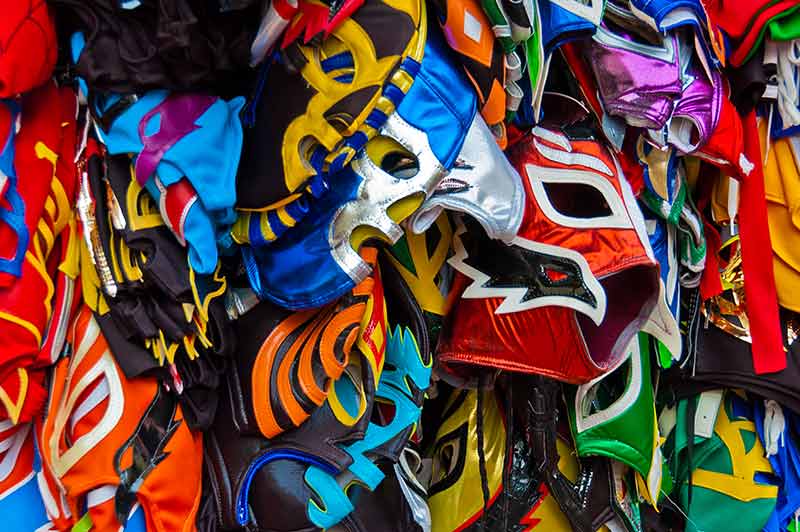
The rules of lucha libre wrestling are similar to those of other styles of professional wrestling but with some unique differences.
Due to being deeply entrenched in tradition, certain etiquette is observed.
For example, a lucha libre match usually starts with a handshake or some show of respect between the wrestlers while wrestlers from other wrestling spheres may be more inclined to goad their opponents before their bout.
Like other forms of wrestling, matches usually involve two or more wrestlers but in some cases, a match may involve multiple wrestlers on each side as teams working together to defeat their opponents.
Typically, each side will be designated as the técnico or rudo (good guys or bad guys) instead of faces and heels, as they are known in the rest of the world.
This is generally apparent by their current storyline and characterisation, and it influences who the crowd is most likely to root for.
The objective is to defeat your opponent or opponents by pinning them to the mat for a count of three, forcing them to submit or by knockout.
Lucha libre matches usually have a time limit of three falls; each fall lasting five minutes.
If a wrestler wins two falls, he or she wins the match.
Using foreign objects like chairs, tables or other items and weapons is usually not allowed and can lead to loss by disqualification.
However, some special matches do allow such extraneous tools, which can add to the drama.
Matches usually take place in a square “ring” surrounded by ropes, and in some cases, wrestlers may perform outside of the ring, using the surrounding area as a platform for their moves.
The lucha libre wrestling ring is usually slightly smaller than traditional wrestling rings.
The dimensions of the ring can vary, but it is typically around 16 feet square, while traditional wrestling rings are usually between 18 and 20 feet square.
Beyond the rules, there are also some differences in technique that only the most eagle-eyed of fans or those in the business would pick up on.
For example, in most professional wrestling circuits, performers are trained to lead into a move with their left arm.
This habit is critical to ensure that matches flow smoothly and minimise the risk of injury, with both wrestlers innately knowing how to manoeuvre through the moves safely.
However, Lucha Libre is unique because its wrestlers are trained to lead with the right arm instead.
Luchadores often struggle with crossing into the wider professional wrestling industry, as they have to work to overcome this deeply ingrained habit.
Where To Watch A Lucha Libre Match
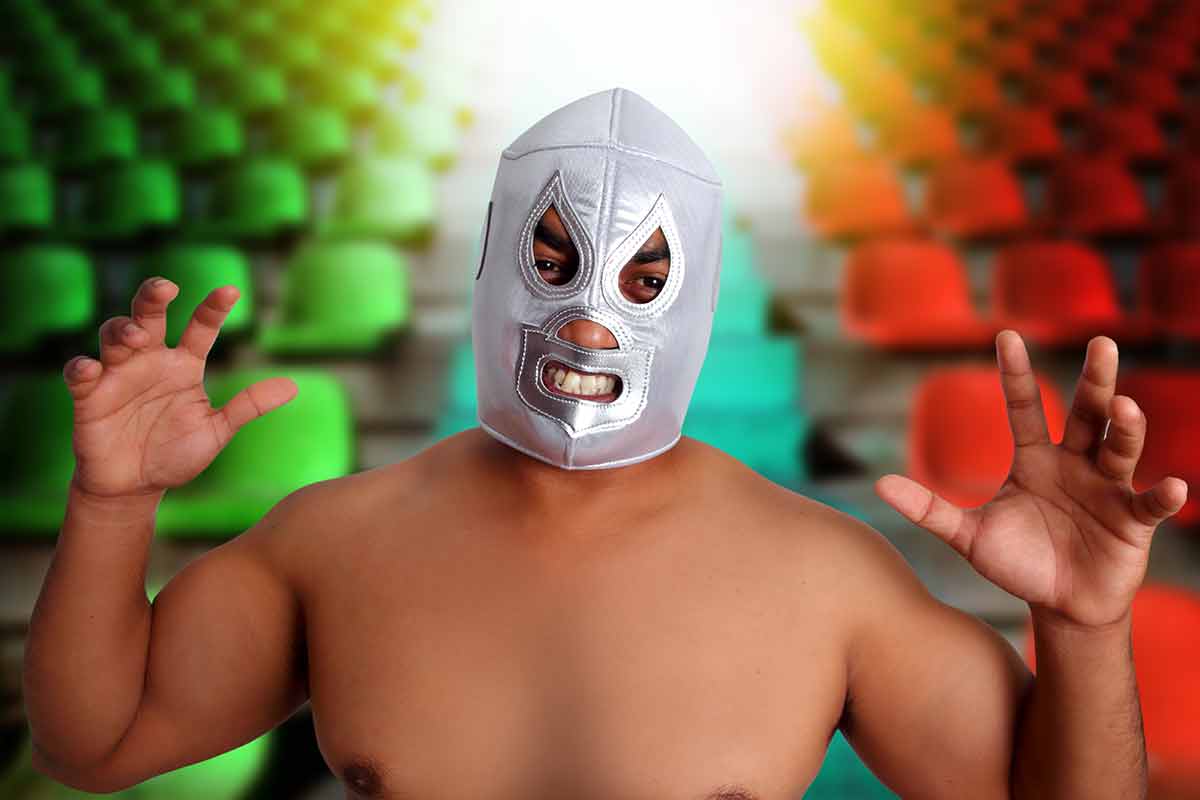
So, now that we know all about the history and culture of lucha libre, you are probably interested in actually getting to watch a match.
The best way to experience the real energy of the sport is by seeing the action live and in person.
With fans across the world, you’ll find lucha libre shows all over the place.
Most major cities will have events fairly often but if you want the proper, authentic lucha libre experience, there is nowhere better to find it than its homeland, Mexico.
Let’s go over some of the best places to catch the action.
Lucha Libre In Mexico City
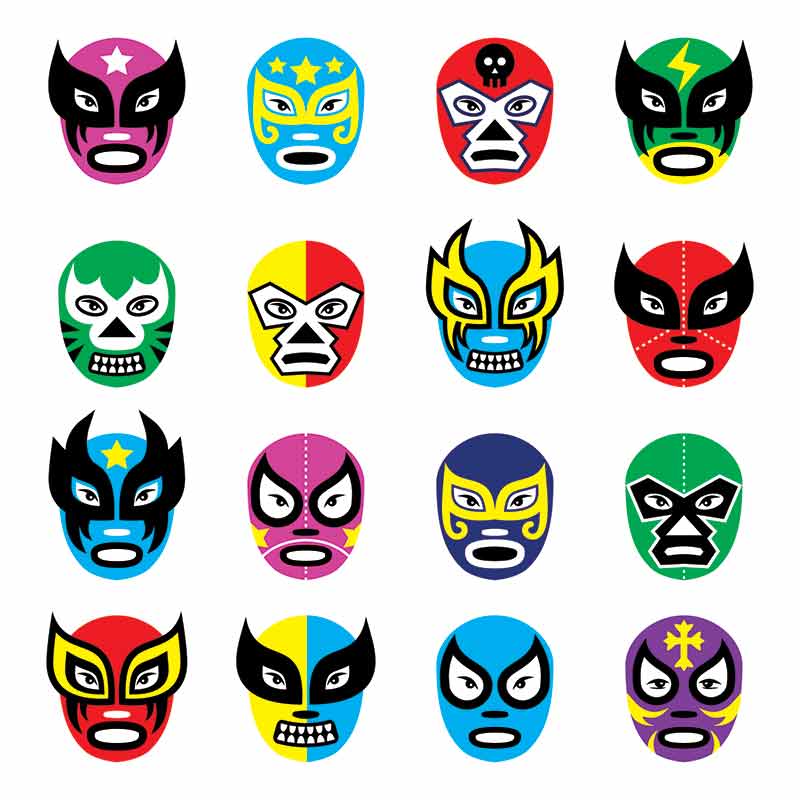
Mexico City is almost inarguably the best place to go if you’re looking for lucha libre.
The sport’s historical birthplace, there are various large arenas in Mexico City dedicated to hosting lucha libre events and even an industry of running guided lucha libre tours around the city.
Many companies offer additional activities, from crafting your very own lucha libre mask or learning some of the wrestlers’ tricks and skills to in-person meetings with professional luchadores, providing immersive experiences to help you appreciate the art form.
Mexico City is home to the Arena Mexico, the largest and most famous arena for lucha libre.
Known as the ‘Cathedral of Lucha Libre’, it has a capacity of 16,500 and hosts weekly shows.
The arena was built in the ‘50s by Salvador Lutteroth himself, and primarily presents matches by his own Consejo Mundial de Lucha Libre (CMLL) promotion.
Arena Coliseo is a smaller arena with around 5,250 spectators, usually hosting lucha libre events on Fridays.
Like Arena Mexico, Coliseo mainly hosts CMLL shows.
It was also built by Lutteroth and was his main arena in the ‘30s and ‘40s, before the completion of the Arena Mexico.
Lucha Libre In Naucalpan
Naucalpan is home to one of the most iconic venues for lucha libre, the Arena Naucalpan.
The arena is well-known for its unique atmosphere and design, which includes colourful murals depicting famous lucha libre wrestlers.
Arena Naucalpan is the home of International Wrestling Revolution Group (IWRG), another popular wrestling promotion in Mexico, and primarily hosts matches by this company.
The arena has hosted shows by various internationally famous wrestlers, including Eddie Guerrero and Rey Mysterio.
It has also been used as a set for several lucha libre television shows and films, including the Jack Black movie Nacho Libre.
Despite being such an iconic venue, the Arena Naucalpan only seats around 2,800 people, so you will definitely want to make sure to get your tickets ahead of time for this one.
Lucha Libre In Puebla
Puebla’s eponymous Arena Puebla was built in 1952 but underwent a major renovation in 2013 to update its facilities and modernize its appearance.
Today, it has a capacity of around 10,000 people, making it one of Mexico’s largest and most famous arenas, hosting weekly lucha libre shows starring the biggest names in the industry.
If you’re interested in lucha libre for its cultural significance, you will love Puebla.
Founded in 1531, the city is bursting with history and culture for you to explore between matches.
The Arena Puebla is in the heart of the historic centre, which is recognised as a UNESCO World Heritage Site, surrounded by well-preserved colonial architecture, including colourful tiled buildings and ornate churches.
Lucha Libre In Monterrey
Being relatively close to the border with the United States, Monterrey is a particularly convenient option for those in the US who don’t want to plan a whole Mexican vacation.
Just a couple of hours’ drive from Texas, it’s perfect for a quick, culturally enriching day trip.
The city’s main venue is Arena Monterrey.
With a seating capacity of over 17,5000 people, Arena Monterrey is one of Mexico’s largest stadiums, so you shouldn’t have too much trouble getting tickets.
It’s known for hosting some of the most exciting lucha libre events in the country.
Beyond its large capacity, Arena Monterrey also has state-of-the-art technology and amenities.
The arena features a modern sound system, giant video screens and advanced lighting systems, making it an ideal venue for watching lucha libre matches, even for the seats further back from the ring.
Final Thoughts On Lucha Libre
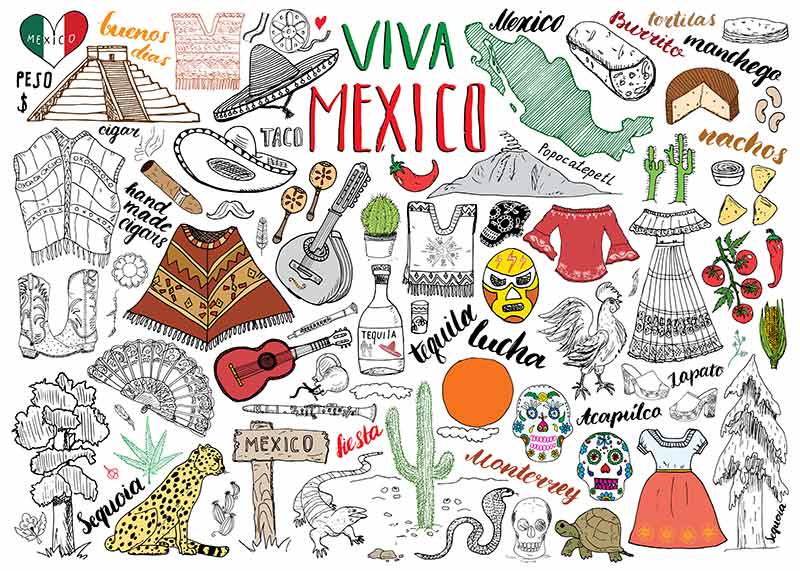
By this point, you know most of the important historical and cultural facts about lucha libre and a few of the best places to see it in Mexico.
Many arenas and venues in the country host regular lucha libre events, so check out local listings when planning your trip.
Lucha Libre events are usually held on Fridays, Saturdays and Sundays, with far fewer shows throughout the week, so plan your visit for the weekend if attending a match is a main goal for your trip.
You should also try to book tickets in advance, as matches can sell out quickly, especially for popular events and performances by big-name wrestlers.
That being said, all you have left to do is grab some tickets and get ready to experience an exciting match in person for yourself.
For more adventures in Mexico, read:
- 20 Things To Do In Tijuana
- 20 Things To Do In Merida
- 20 Things To Do In Ensenada
- 20 Tulum Day Trips
- Where To Stay In Tulum
- 20 Amazing Tulum Resorts
- 20 National Parks In Mexico
- 20 Day Trips From Mexico City
- 20 Day Trips From Cancun
- 20 Things To Do In Cancun With Kids
- 20 Things To Do In Mexico City At Night
- 20 Things To Do In La Paz
- 20 Things To Do In Monterrey Mexico
- 20 Things To Do In Acapulco
- 20 Things To Do In Chihuahua
- 20 Things To Do In Puerto Vallarta
- 20 Things To Do In Oaxaca
- 32 States In Mexico
- 20 Cities In Mexico
- 20 Islands In Mexico
- Where To Stay In Mexico City
- Everything You Need To Know About Lucha Libre (Mexican Wrestling)
- 15 Things Mexico Is Famous For
- 20 Overwater Bungalows and Beachfront Villas In Mexico
- 20 Famous Landmarks in Mexico
- 20 Best Beaches in Mexico
- 20 Ways To Spend Christmas in Mexico
- 10 Things To Do In Baja California
- The Wonder of Chichen Itza
- When Is The Best Time To Visit Mexico?
- A Guide To Las Grutas De Tolantongo
- A Guide To Valle De Bravo
- 20 Best Cenotes In Mexico
- 20 Interesting Mexican Traditions
- 20 Mayan Ruins In Mexico
- 20 Things To Do In Veracruz
- 25 Things To Do In Guadalajara
- 20 Mexican Cocktails and Drinks
- 20 Things To Do In Mazatlan
- 20 Things To Do In Cancun
- 20 Things To Do In Los Cabos
- 20 Things To Do In Nayarit
- 20 Things To Do In San Luis Potosi
- 20 Things To Do In Baja California Sur
- 20 Things To Do In Hidalgo
- 20 Things To Do In Guanajuato City
- 20 Things To Do In Zacatecas, Mexico
- 20 Things To Do In Huatalco, Mexico
- 20 Things To Do In Bacalar, Mexico
Plan Your Trip

Rent A Car – Find the best car rental rates at Discover Cars. They compare car hire companies to provide you with the best deal right now.

Find A Hotel – If you’re curious about this article and are looking for somewhere to stay, take a look at these amazing hotels.
